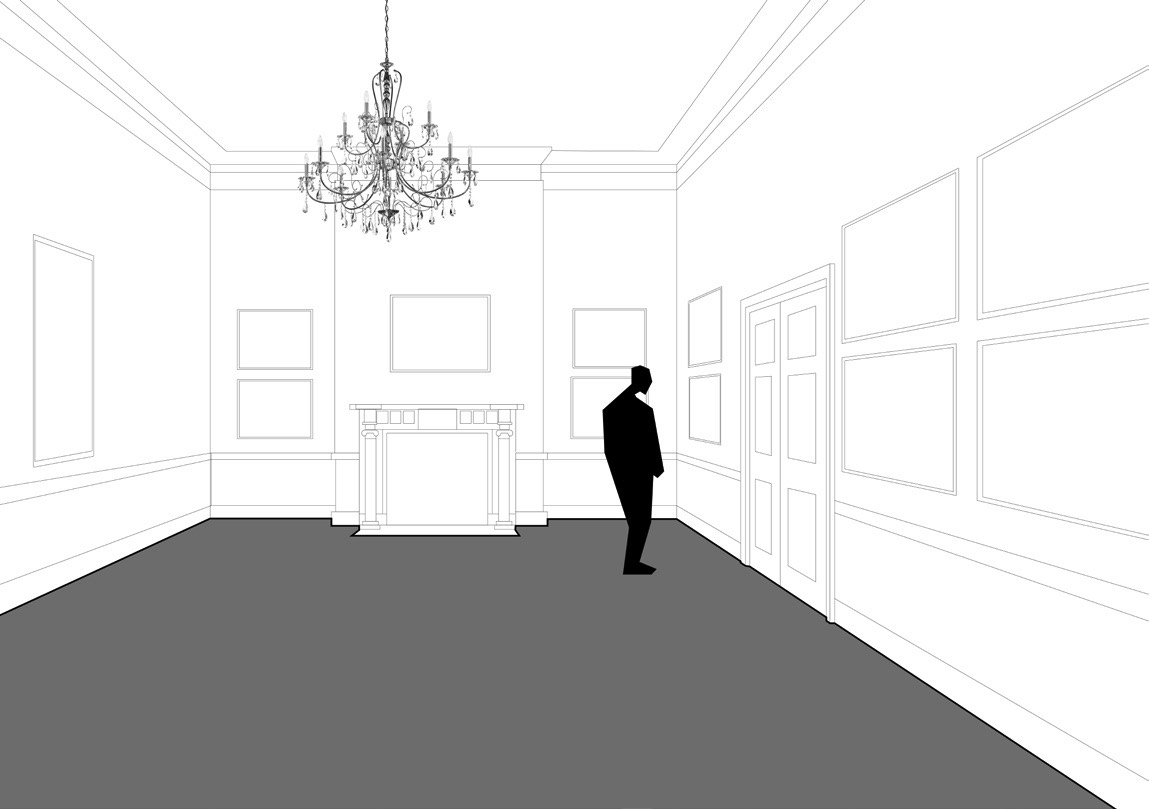Downloads
DOI:
https://doi.org/10.51588/eaaeacp.31Keywords:
spatial dimension, walls and spaces, environmental psychology, social phenomenologyAbstract
Architecture matters. The space where education takes place matters. The spatial dimension of a school transforms an abstraction into a situated phenomenon. In doing so, the context intentionally or implicitly affects education.
The potential impact the physical environment and the implied connotations it carries on one’s experience in and of it, is best argued by common sense. Consider the following example.
A wall is a boundary marker. Its function varies: to protect, to enclose, to constrain, to separate and differentiate between spaces, to redirect and flank. Erecting a wall, however, is an intentional design gesture, affiliated to the formation of a barrier, a division, a fortification and/or isolation. Those purposeful and associative properties of a wall are translated into one’s embodied experience of a physical wall.
How to Cite
Published
Issue
Section
License
Copyright (c) 2019 Rossina Shatarova

This work is licensed under a Creative Commons Attribution 4.0 International License.
References
Barac, M. (2012, May 16). Pedagogy: Strelka Institute for Media, Architecture and Design, Moscow, Russia. Architectural Review. Retrieved May 12, 2019
Cook , P. (2012, September 28). Alvin Boyarsky (1928–1990). Architectural Review. Retrieved May 12, 2019
David Crosier, Lewis Purser, Hanne Smidt. (2007). Trends V: Universities Shaping the European Higher Education Area. EUA Publications.
Heilmeyer , F. (2016, April 1). No more masters. Uncube Magazine. Retrieved May 12, 2019
Maurice R. Stein, Larry Miller, Marshall Henrichs. (1970). Blueprint for Counter Education. Radical pedagogy from Bauhaus to Black Mountain: a Defining Document of '60s Counterculture. Inventory Press.
Jean Lave, Etienne Wenger. (1991). Situated Learning: Legitimate Peripheral Participation. Cambridge University Press.
Latronico, V. (2014, December 14). Open City. Frieze. Retrieved May 12, 2019
Margolis, E. (2001). The Hidden Curriculum in Higher Education. Psychology Press.
Nishat Awan, Tatjana Schneider, Jeremy Till. (2013). Spatial Agency: Other Ways of Doing Architecture. Routledge.
Saval, N. (2015, September 10) If You Build It, They Will Come... Won’t They?. New York Times Magazine. Retrieved May 12, 2019
Steele, B. (2010). The Pavilion as Pedagogy. Making Pavilions. AA Publications.
Thomas A. D. (1991). Voices in Architectural Education: Cultural Politics and Pedagogy (Critical Studies in Education & Culture). Praeger.
Zafer Kuyrukçu, Emine Yıldız Kuyrukçu. 2014. An educational tool the importance of informal studies/studios in architectural design education: A workshop summary. Elsevier Ltd.





